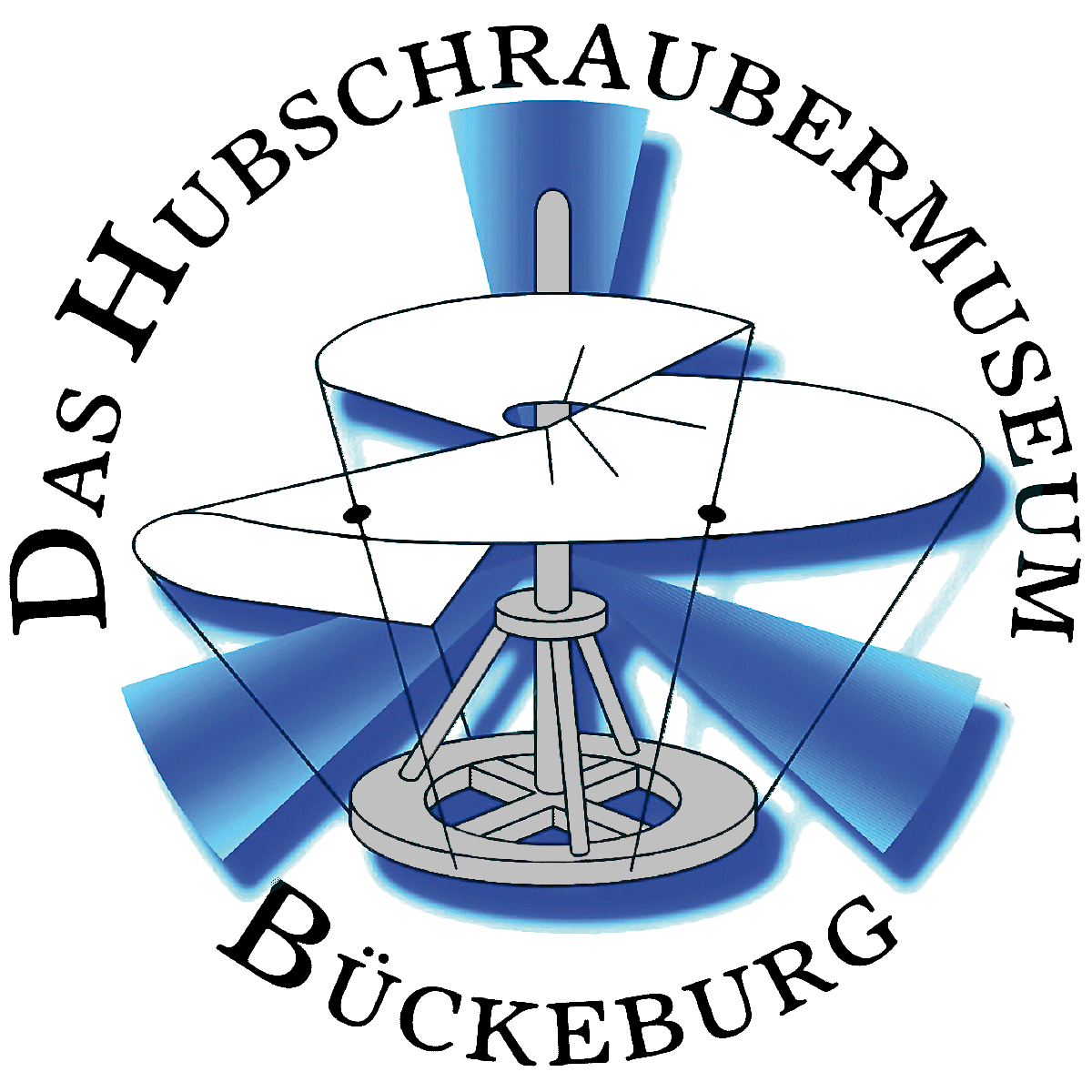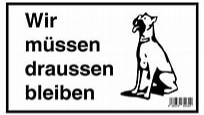Friedrich von Doblhoff-EN
Friedrich von Doblhoff
Friedrich von Doblhoff was born in Budapest on 14th March 1916. In 1941, working as a junior engineer at “Wiener Neustädter Flugzeugwerke” – WNF (Vienna-Neustadt Aircraft Factory, which assembled Messerschmitt Bf 109 fighters), he built a static test rig on his own time from scrounged materials in order to prove his radical helicopter concept. He would eliminate the complex gearbox by spinning the rotor blades with tip-mounted jets. Factory compressed air was mixed with aviation gasoline and piped to rotor-tip combustion chambers fitted with car spark plugs.
Von Doblhoff’s small team built four prototypes, with a first flight in 1943. The German Navy hoped to use the craft as a light observation and anti-submarine platform (the same role as Flettner’s Fl 282). A second airframe was destroyed in a crash, and Allied bombing of the factory complex forced the team to relocate. But development work, with increasingly powerful engines, continued until the war’s end.
By 1945 the fourth prototype had completed 25 hours of flight testing. It was captured by the Americans near Salzburg, Austria and shipped to the United States for evaluation, along with von Doblhoff himself. He enjoyed a successful postwar career in the aviation industry, helping to develop the radical experimental McDonnell XV-3, an ancestor of today’s successful V-22 Osprey.
At the age of 84 Friedrich von Doblhoff passed away in Munich on 15th June 2000.



